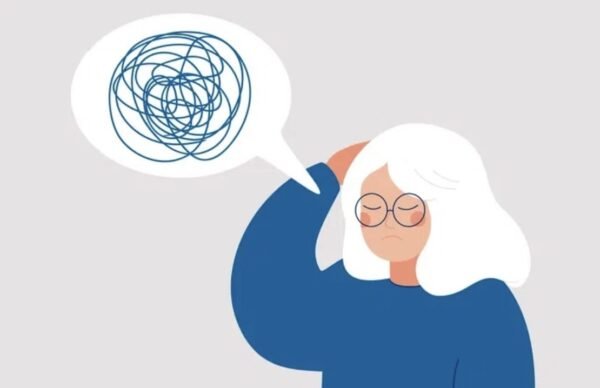With 1.54 million people being in contact with mental health services by the end of January 2022, health services need to embrace digital services to cater to as many people as possible. In 2020, the UK Government committed to a programme that would digitalise mental health service providers by 2024.

Here, we explore the advantages of a digital health system and how this will influence mental health care.
Focus on areas where needs are yet to be met
A key area of improvement is in support for younger sufferers of mental health problems. While the average funding for an adult is £225, the funding per child is as little as £14–£191. Between April and June last year, 190,271 people between 0–18 years old were referred to children and young people’s mental health services, which was a 134% increase from the year prior. With this demand comes long waiting lists, with the average waiting time for this group to access the services ranging from 8 days up to 82 days.
However, these issues aren’t just limited to young people. In general, 18 weeks is the maximum wait time for consultant-led mental health services, but the clock is ticking. All cases differ, with some being more extreme than others, so waiting for an appointment can’t be considered a solution.
Thankfully, mental health tech exists to assist those who are facing long waiting lists. For example. the NHS prescription delivery service can help those who find it difficult to leave their home. As well as this, it can be useful for ongoing medication, booking an appointment to seek medical advice, and video consultations for those who can’t be physically present at an appointment.
Sometimes, a visit to the GP isn’t always necessary, and there can be other community points of care that will be of assistance. The app can direct users to these points, thus helping to reduce the long waiting lists by allowing those in extreme cases to be seen quicker.
With this mental health technology, older individuals, young people with less funding, and people at a geographic disadvantage who will struggle to make an appointment can have much simpler access to mental health services.
Tobias Alpsten, Founder and CEO of myGP, discussed the progress of mental health tech: “Data shows us that repeat prescription ordering is a rapidly growing area. Notably, almost 50% of medication reminders set within the myGP app are for mental health medications, such as anti-depressants.
Alsten continued: “We know that many patients using the myGPapp are of working-age and lead very busy lives, so convenience is a key driver when it comes to repeat prescription ordering and delivery. When applied to the area of mental health, there is often a negative stigma attached meaning a patient may prefer to order these medications online rather than in person. This is where online prescription ordering and home delivery holds significant value to patients”
Advantages for physiological help
To assist those facing mental health problems, digital modes of therapy and resources can aid their recovery. SilverCloud Health conducted research on digital cognitive behavioural therapy and discovered that more than half of the patients suffering from anxiety and depression had recovered after just three months.
Digital mental health service app Togetherall is a safe online community where app users can support each other while staying anonymous. With the network being moderated 24/7 by practitioners, users are kept safe. There are also self-help courses and guides to choose from. Togetherall allows individuals to express emotions through drawing or uploading images, and they can also find information to understand their feelings in depth.
Encouragement
People who require services can feel reluctant to reach out due to the stigma around mental health. By offering a clinically safe online space, the amount of distress experienced can be lowered with mental health tech and therefore preventing further harm to that person.
For example, some people may feel uncomfortable meeting with a GP face to face. myGP offers video consultations and accessible health care services to create a safe space for people. Appointments and services are available at any place and at any time. It could be a breakthrough for those who have been hesitant about finding proper medical advice.
Potential for further app development
Using techniques such as acceptance commitment therapy and cognitive behavioural therapy, many apps have been created to help people. For individuals suffering from anxiety and panic attacks, PanicShield acts as a visual aid by showing calming patterns for the sufferer to breathe in time to. As well as this, suicide prevention resource Stay Alive intends to improve well-being and includes a safety plan, a storage box for important photos and memories, breathing exercises, and strategies to stay grounded when feeling overwhelmed. Health clinics may also benefit from the development of systems and applications like a Back Office Healthcare Operations Software to help them improve the efficiency of their operations.
Given the progression of health tech so far, no doubt we will continue to see more and more innovative ways to assist individuals dealing with mental health problems.
